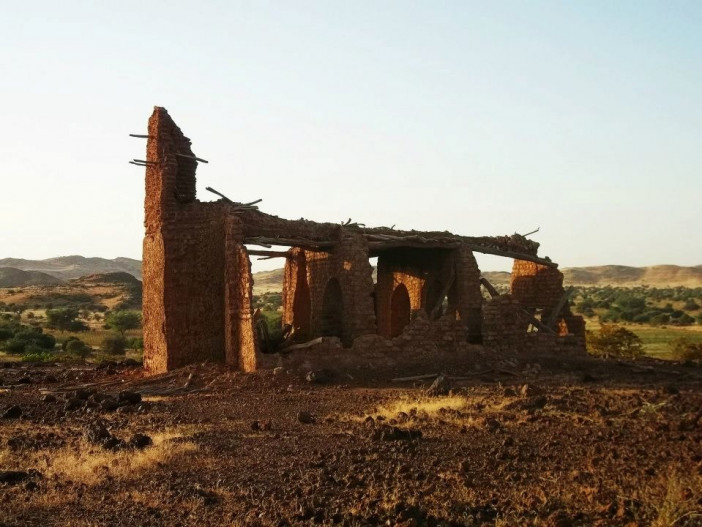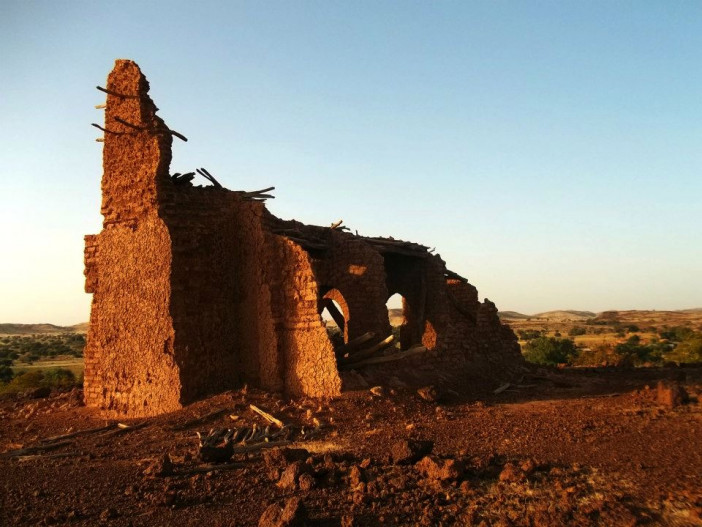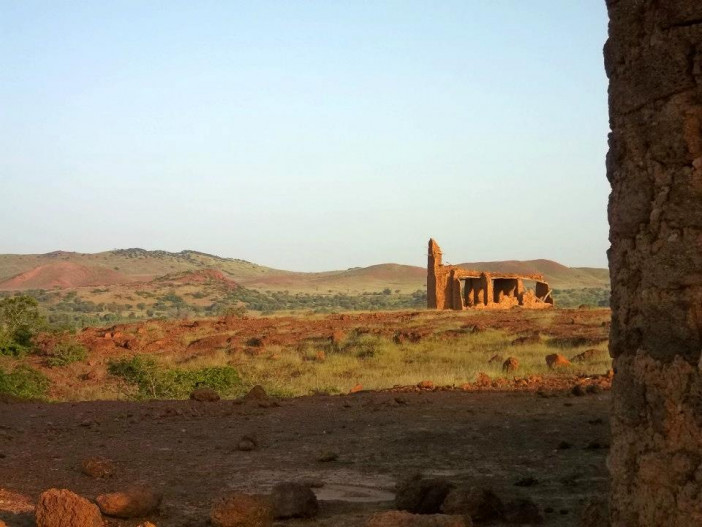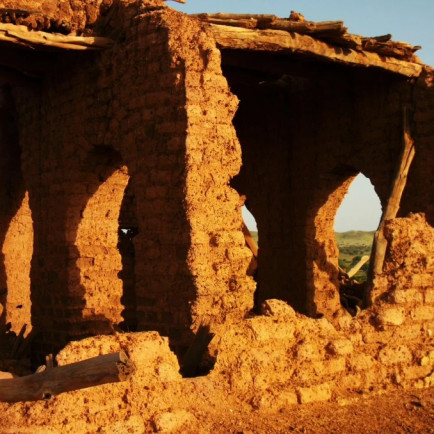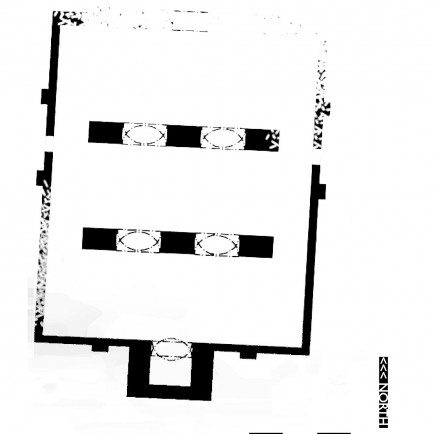The Mosque Of The Good Idea
History
Narratives indicate that the mosque was built somewhere in the thirteenth century. They were merely constructed by man from stones. Every man brought his stone as a material contribution from the populace. A vision Cissé Amed Ama had in 1972 instructed him to erect seven mosques made of mud bricks on the Bani cliff.
Beginning in 1978, volunteers from Burkina Faso and other West African nations came to work on the construction of The Grande Mosque. Over 5000 people provided assistance for more than 1.5 years. To express their admiration for God ever since, the villagers have started building the remaining seven mosques. The work was completed in 1986. On top of the hill are seven little mosques that point to The Grande Mosquee.
On top of the hill are seven little mosques that point to The Grande Mosquee. The mosques are situated on a hill that resembles a man kneeling before God and raising his arms in prayer.
This Mosque represents the right hand of the 7 seven mosques built in Bani.
Urban and Architectural
With dimensions of 11 x 8 meters, a height of 6 meters, six pillars, and an 11-meter collapsed minaret, it is the most damaged mosque.
The mosque in the most deteriorating condition, nearly all of its walls destroyed. There are remains of the mosque's minaret, such as some wooden poles that are still wedged between bricks, but a man may only comprehend them if he is familiar with Muslim earthen architecture.
Description
With the exception of the one area where the structure's composition can be determined, the roof has already collapsed. There is now only one row of columns and vaults left inside. Exterior facades can display their original design, although openings and even embellishments are only captured in photographs.
References
https://en.wikipedia.org/wiki/Bani,_Bani
https://roadsandkingdoms.com/2015/the-seven-mosques-of-bani/
https://unlimitedcma.files.wordpress.com/2013/07/bani_mosquees_book_final_double.pdf
Details
Location
Bani, Burkina Faso
Worshippers
44
Owners
Cissé Amed Ama
Architect Name
Year of Build
1986
Area
88
Drawings
Map
History
Narratives indicate that the mosque was built somewhere in the thirteenth century. They were merely constructed by man from stones. Every man brought his stone as a material contribution from the populace. A vision Cissé Amed Ama had in 1972 instructed him to erect seven mosques made of mud bricks on the Bani cliff.
Beginning in 1978, volunteers from Burkina Faso and other West African nations came to work on the construction of The Grande Mosque. Over 5000 people provided assistance for more than 1.5 years. To express their admiration for God ever since, the villagers have started building the remaining seven mosques. The work was completed in 1986. On top of the hill are seven little mosques that point to The Grande Mosquee.
On top of the hill are seven little mosques that point to The Grande Mosquee. The mosques are situated on a hill that resembles a man kneeling before God and raising his arms in prayer.
This Mosque represents the right hand of the 7 seven mosques built in Bani.
Urban and Architectural
With dimensions of 11 x 8 meters, a height of 6 meters, six pillars, and an 11-meter collapsed minaret, it is the most damaged mosque.
The mosque in the most deteriorating condition, nearly all of its walls destroyed. There are remains of the mosque's minaret, such as some wooden poles that are still wedged between bricks, but a man may only comprehend them if he is familiar with Muslim earthen architecture.
Description
With the exception of the one area where the structure's composition can be determined, the roof has already collapsed. There is now only one row of columns and vaults left inside. Exterior facades can display their original design, although openings and even embellishments are only captured in photographs.


